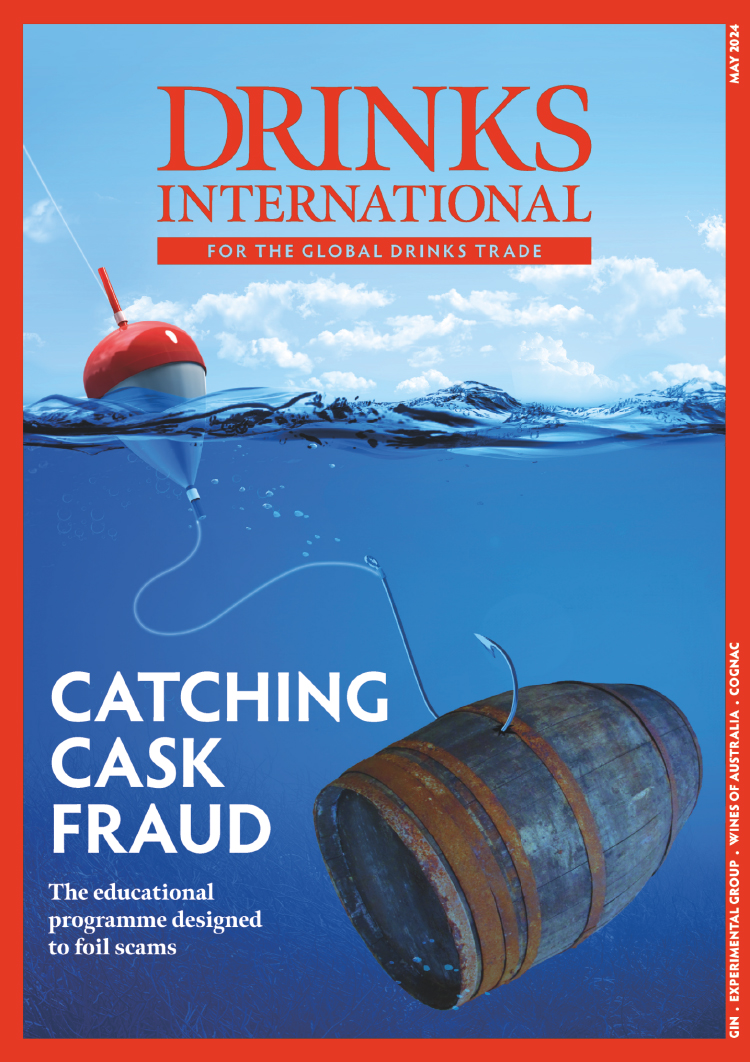30. Bee’s Knees
In lieu of actual facts, this Prohibition-era favourite’s history consists primarily of inference and conjecture, and a few competing theories. A rather appealing blend of gin, honey and lemon, with optional orange juice, the Bee’s Knees has at times been attributed to Margaret Brown, otherwise known as Molly Brown, American socialite and Titanic survivor. Perhaps more likely is that Frank Meier, head bartender at the Ritz in Paris in the 1920s, was behind its creation, and this is backed by some of its early appearances in print. Or it may have merely emerged, as some think, as a way of making the questionable gin of Prohibition times palatable.
29. Zombie
Ranking, fittingly, just behind the Corpse Reviver 2 this year, the Zombie, like its namesake, continues to show signs of life. Its spot on this list suggests it’s more than just a Halloween favourite, and also that the moderation trend hasn’t infiltrated every drinking occasion just yet. This famously boozy tiki favourite, created by Donn Beach in the 1930s, combines a staggering amount of rum with a varying mix of falernum, fruit juices and more – the original recipe was a secret, after all. Few modern takes are as lethal as the original, limited to two per customer at Don the Beachcomber, where they were first served.
28. Corpse Reviver 2
The most undying of Corpse Revivers, this century-old sharpener combines gin, triple sec, Lillet Blanc and lemon juice in equal parts, with a reanimating dash of absinthe, to great effect. Whether bartender Harry Craddock invented it or not, he certainly popularised it, including it in The Savoy Cocktail Book, published in 1930. There’s no doubt about its revivification recently, climbing these ranks with almost as much alacrity as the Last Word, to which it bears a passing similarity. Those using the Corpse Reviver 2 for its purported benefits should bear Craddock’s contraindication in mind: “Four of these taken in swift succession will unrevive the corpse again.”
27. Piña Colada
While its distant origins likely lie in Cuba, with a drink that combined rum and pineapple with sugar and lime, the indulgent coconut-cream cocktail we know and love is almost certainly a Puerto Rican invention. Far less certain is which of three contenders is actually responsible – either Ramón Pérez, at San Juan’s Caribe Hilton Hotel’s Beachcomber Bar in 1952, his colleague Ricardo Garcia, or Ramón Mingot in 1963, while bartender at Barrachina in Old San Juan. Regardless of who first mixed these ingredients together, the Piña Colada has made a rather triumphant return in recent years, and has spawned some rather excellent modern takes too.
26. Sazerac
Often thought, probably erroneously, to be the very first cocktail, the Sazerac is nevertheless a fine historical artefact, and a damn good drink too. Some classics change from one season to the next, but the Sazerac has remained firm since its origin in the mid-1800s. Its birthplace, legend has it, was the Exchange Coffee House in New Orleans, later renamed the Sazerac Coffee House. Here, Sazerac de Forge et Fils cognac is said to have met the new Peychaud’s bitters, with absinthe joining the party soon after. Phylloxera caused rye to replace cognac for a time, although it’s not uncommon to see both used together nowadays. The Sazerac was trademarked by Sazerac Co in 1900.




